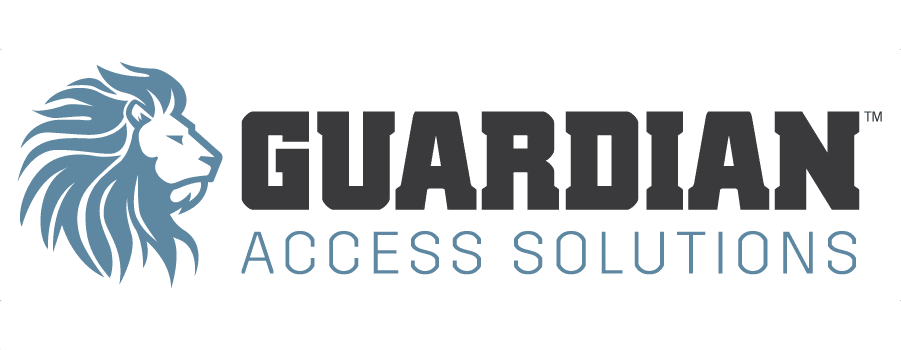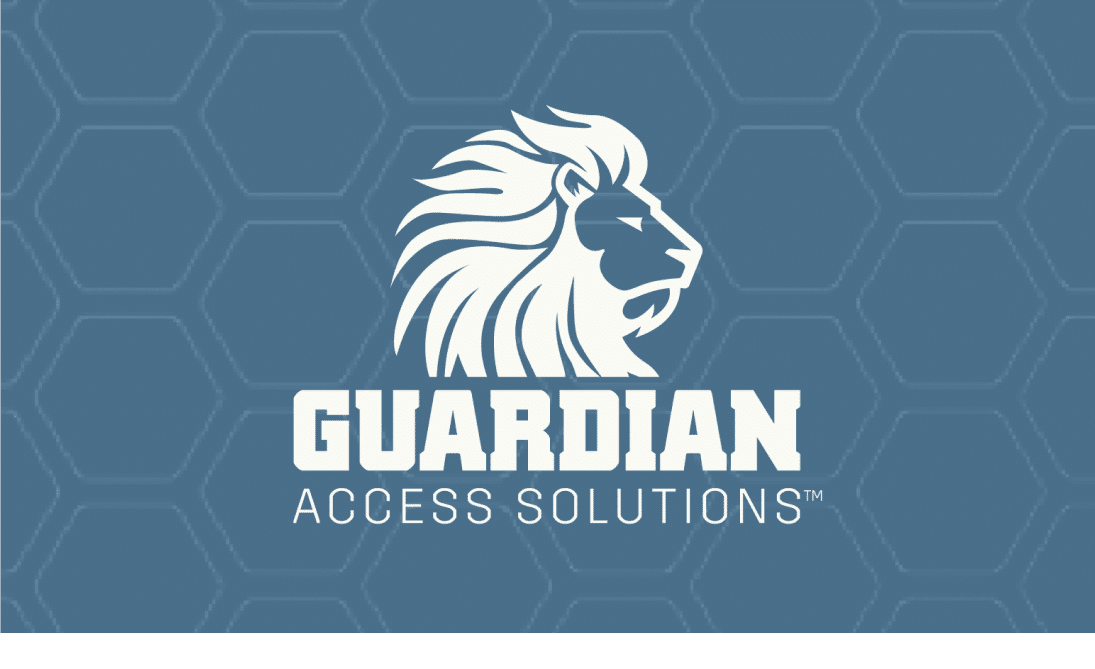
Overhead doors are an integral part of many commercial operations. They provide security, efficiency, and convenience in various settings, from warehouses to parking areas and industrial facilities.
The convenience offered by overhead doors cannot be overstated. With options for automatic operation and integration with advanced access control systems, these doors provide easy and controlled access, reducing manual effort and enhancing operational efficiency.
Types of Overhead Doors and Their Uses
Overhead doors are designed to withstand the rigors of commercial use, providing reliable service day in and day out. They offer a secure barrier against unauthorized access, protecting valuable assets within the premises. At the same time, their efficient operation ensures minimal disruption to business activities, allowing for a smooth flow of goods, vehicles, and personnel.
Overhead doors come in several types, each designed for specific applications and industries. Here are some of the most common ones:
- High-Speed Doors: These doors offer quick, secure, and aesthetically pleasing operation with up to 80 inches per second opening speeds. They are engineered for repeated use and require minimal downtime for maintenance. High-speed doors are often used in quick oil changes and auto repair businesses.
- Rolling Doors: Made from metals like steel or aluminum, rolling overhead doors are commonly found in stadium food counters and entry and exit doors for commercial buildings.
- Sectional Doors: These doors provide a secure commercial option for industrial applications where durability and efficiency are essential. Sectional insulated aluminum glass doors offer an industrial yet aesthetic solution that provides visual access even when closed.
- Grilles: Side-folding or overhead security grilles provide security and protection for your team, equipment, and other assets while also providing visibility into your place of business.
Insulated Doors: For applications requiring temperature control, insulated doors can handle even the toughest external environments to provide controlled internal climates and energy efficiency.
Overhead Doors in Parking Areas
Parking areas, particularly in commercial settings like shopping centers, office buildings, and industrial complexes, require efficient, reliable, and secure access points. Overhead doors are often the perfect solution for these requirements. They not only facilitate smooth vehicular movement but also contribute to the overall safety and security of the premises.
- Efficiency: Overhead doors, especially high-speed variants, ensure quick entry and exit, reducing congestion and improving the flow of vehicles. This is particularly important during peak hours when the volume of traffic is high.
- Security: Overhead doors provide a secure barrier, protecting vehicles and the parking facility itself from unauthorized access and potential vandalism or theft.
- Space-saving: Unlike traditional swing doors, overhead doors open vertically. This makes them an excellent choice for parking areas where space is a premium.
- Durability: Parking areas often see a high frequency of use, with doors opening and closing hundreds of times a day. Overhead doors are designed to withstand this level of use without compromising performance or reliability.
- Customization: Overhead doors can be customized to fit the specific dimensions of a parking area entrance. They can also be tailored to match the aesthetic of the surrounding architecture.
Importance of Overhead Door Maintenance and Service
Overhead doors and entry gates are subject to the OSHA General Duty Clause of 1970. This clause mandates that employers must ensure their workplaces are free of recognized hazards that could potentially cause harm or death to employees. In the context of overhead doors, regular preventive maintenance is recommended and must be OSHA compliant.
Regular maintenance involves several steps designed to ensure the longevity of your overhead doors and prevent unexpected breakdowns that could disrupt your operations.
Typical maintenance might involve:
- Inspection: A thorough inspection of the door and its components is the first step in maintenance. This includes checking the door’s balance, looking for any signs of wear and tear on the cables, springs, rollers, and pulleys, and ensuring that all hardware is tight and secure.
- Lubrication: Overhead doors consist of several moving parts that need to be lubricated regularly. This helps reduce friction, allowing the door to operate smoothly and extending the lifespan of its components.
- Cleaning: Depending on the type of door and its location, it may be exposed to dust, dirt, and grime. Regular cleaning can prevent these elements from affecting the door’s operation and potentially causing damage.
- Adjustments and Repairs: If any issues are identified during the inspection, they should be addressed immediately. This could involve adjusting the tension of the springs, replacing worn-out components, or fixing any other issues that could impact the door’s performance.
Testing: After maintenance is performed, the door should be tested to ensure it’s operating correctly. This includes checking the door’s balance, testing the auto-reverse feature, and making sure the door opens and closes smoothly. - Record Keeping: To be OSHA compliant, you must keep a record of when maintenance is performed. These records can be useful for tracking the door’s performance over time and identifying when components may need to be replaced.
By performing regular maintenance, you can ensure that your overhead doors remain in good working order, providing security and efficiency for your commercial operations. If you’re unsure about how to perform maintenance or if you identify any issues, it’s always best to reach out to a professional for assistance.
Advantages of Commercial Overhead Doors
With commercial operations, efficiency, security, and adaptability are key. Overhead doors, with their diverse range of features and benefits, can significantly contribute to these aspects.
Advantages that overhead doors bring to your business:
- Customized Solutions: Every business has unique needs and operational requirements. Overhead doors can be tailored to meet these specific needs, ensuring seamless integration into your operations.
- Security and Visibility: Overhead doors provide robust security for your premises. But security doesn’t mean sacrificing visibility. Many overhead doors are designed to allow visibility into your place of business, creating an open and welcoming environment.
- Energy Efficiency and Climate Control: Insulated overhead doors are a boon for businesses that require temperature control. They help maintain internal climates and provide energy efficiency, which can lead to significant savings in the long run.
- Speed and Accuracy: Time is of the essence in commercial operations. High-speed overhead doors ensure quick and secure access to your facilities, enhancing operational efficiency.
- Maintenance and Service Programs: Regular maintenance is crucial to keep your overhead doors functioning optimally. It ensures constant uptime, smooth operations and extends the lifespan of your doors.
Overhead doors are more than just entry and exit points for your commercial facility. They are a critical component that can enhance operational efficiency, provide security, and even contribute to energy conservation.
As you consider the right overhead door system for your business, remember that these doors are an investment in your business’s smooth operation. Regular maintenance and service are crucial to reap the full benefits of this investment and ensure the longevity of your doors. If you’re looking for expert advice or services related to commercial overhead doors, don’t hesitate to reach out to Guardian Access Solutions. Our team of professionals is ready to assist you with all your overhead door needs.




